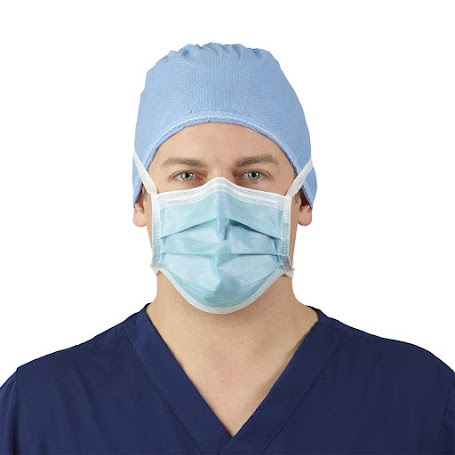What is Astm level 3 Face Mask?
Masks are essential for those who are sensitive to dust fluid and other particles. There are many masks on the market, so it is easy to get lost in your choice. The ASTM level 3 Face Mask is becoming more popular and getting more attention. Do not be concerned if you do not know how to select the Best ASTM Level 3 Mask. The ASTM level 3 mask should be FDA approved. Let's take a look at the ASTM 3 mask material and how it affects8iveness
Filtration
Three things are important when discussing the Best ASTM Level 3 Mask: facial coverage, fit, and filtration. After considering these factors, you should buy any ASTM Level 3 masks that are on sale. Experts have said that although filtration is not an essential factor, people prefer to talk about it. To be competitive in the market and last a long time, masks that meet ASTM 3 standards must include all three factors.
Level 3 face mask
Mask geeks will know that level 3 masks can block fluid, but not dust particles. FDA approved level 2 and 3 masks. These masks can block fluid droplets and prevent dust particles from entering the mouth. A certified level 3 mask must stop dust particles measuring between 1000 and 5000 nanometers. The measured particle range is 600 nanometers.
It has been revealed that ASTM Level 3 masks don't provide as much protection as they should. The surgical masks manufacturers are striving to produce the N-95-like particle-blocker mask. Expert researchers also claim that many levels 3 masks meet the safety standards, which include meeting the filtration standards. This makes them a formidable competitor to the N95 Masks.
Face Coverage
The best ASTM level 3 mask should cover your nose. It should be wider than normal and expand under your chin. For masks that aren't sealed like surgical fabric masks or level 3 masks, the under-chin extension is essential. These masks are more important if you have a beard. Researchers have shown that N-95 masks, Astm Level 3, and respirators all cover the same face area. We will therefore check this box for all three.
Fit
The Best ASTM Level 3 Mask must be inspected for the fit factor. The level 3 mask certification does not measure the material of the mask, as it is not able to verify other factors such as how clean the mask was when placed on your face.
ASTM 200 masks have specifications that describe the material used in their manufacture, but not the seal. ASTM 200 masks have a more detailed testing procedure that explains how the seal integrity is to be used by the user. This is why the testing phase does not include an examination of the seal integrity. To determine if it has an impact on the efficiency of Astm300 masks' filtration, we must go back to the level 3 masks mentioned above. These masks scored the same as the N-95 or kn95 in terms of the manufacturing material. According to the expert, FDA-approved masks at 1 stage 3 levels.
A score of 95% was achieved before fitting testing. This resulted in a score of 77% after the measurement was made on account of fit. Another test was performed and the mask score was again 90% on the material and 11% on fit when worn by an actual human being. It is clear that there is a marked difference between surgical masks, a level 395 ASTM mask with a good fit and one with gaps.



Comments
Post a Comment